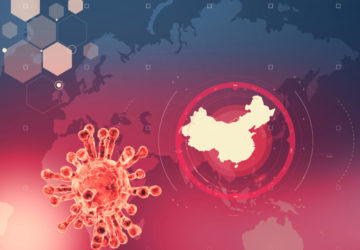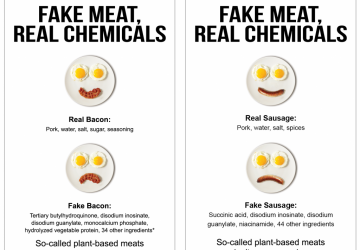A persistent myth in the food policy world, spread most forcefully by First Lady Michelle Obama, is that the nation can conquer obesity through the power of farmers’ markets. This is typically positioned against the supposed evils of a “food industry” fingered by book authors chasing residuals cash for using ingredients like salt, sugar, and fat to “hook” “victims.” A trip to the farmers’ market, however, shows that salt, sugar, and fat are just ingredients that have been used by humans to make the drudgery of eating worthwhile since time immemorial.
We recently visited Mrs. Obama’s local farmers market, which shuts down part of a street by Washington, D.C.’s McPherson Square every Thursday in the summer. The reality—a tasty lunch, complete with the supposedly evil salt, sugar, and fat—doesn’t exactly fit with the rhetoric. Reportedly, the idea for the market right in downtown D.C. was hatched to help federal bureaucrats eat healthier lunches.
And in 2009, when the farmers market opened, President Barack Obama said this:
It gives suddenly D.C. more access to good, fresh food, but it also is this enormous potential revenue maker for local farmers in the area […] And those kinds of connections can be made all throughout the country and has to be part of how we think about health.”
Well, our visit suggests that that statement is only about two-thirds true. The food looked good and fresh, and the weekly opportunity to sell their wares to K Street lobbyists and federal bureaucrats is probably a nice way for the farmers to fatten their wallets.
But as for the “how we think about health” claim, the reality is more “how we think about a tasty lunch.” Sure, there were a couple of well-stocked fruit stands (that looked no more fresh or well-stocked than a typical grocery’s produce section), but most of those employees eating lunch were lining up for the tasty items. And despite the protestations that salt, sugar, and fat are exclusively the province of the “industrial food system,” all three were available and plentiful.
Salt? Oh, there was salt. Salt in cheese, sausages, and on popcorn.
Sugar? FLOTUS’s farmers brought the sugar, in lemonades, cookies, and specialty candies.
Fat? There were fatty cheeses, fat-laden pizzas, and even deep-fried catfish bites.
Now, there is nothing wrong with any of these products. Any of these foods can make a good, if somewhat expensive, lunch. But then again, so does a quick-service restaurant meal. Whether the food is “organic”—which scientific authorities find doesn’t mean healthier or more nutritious—or comes in a paper bag, people value taste and convenience, as they always have.







